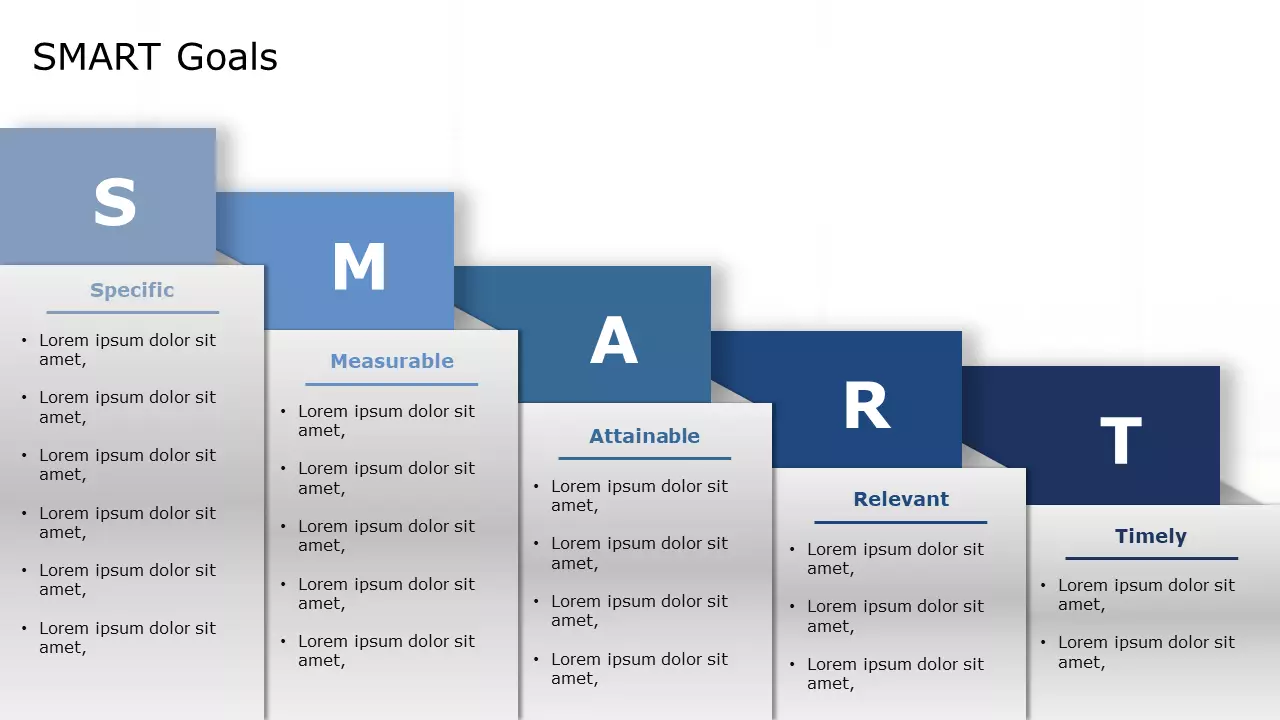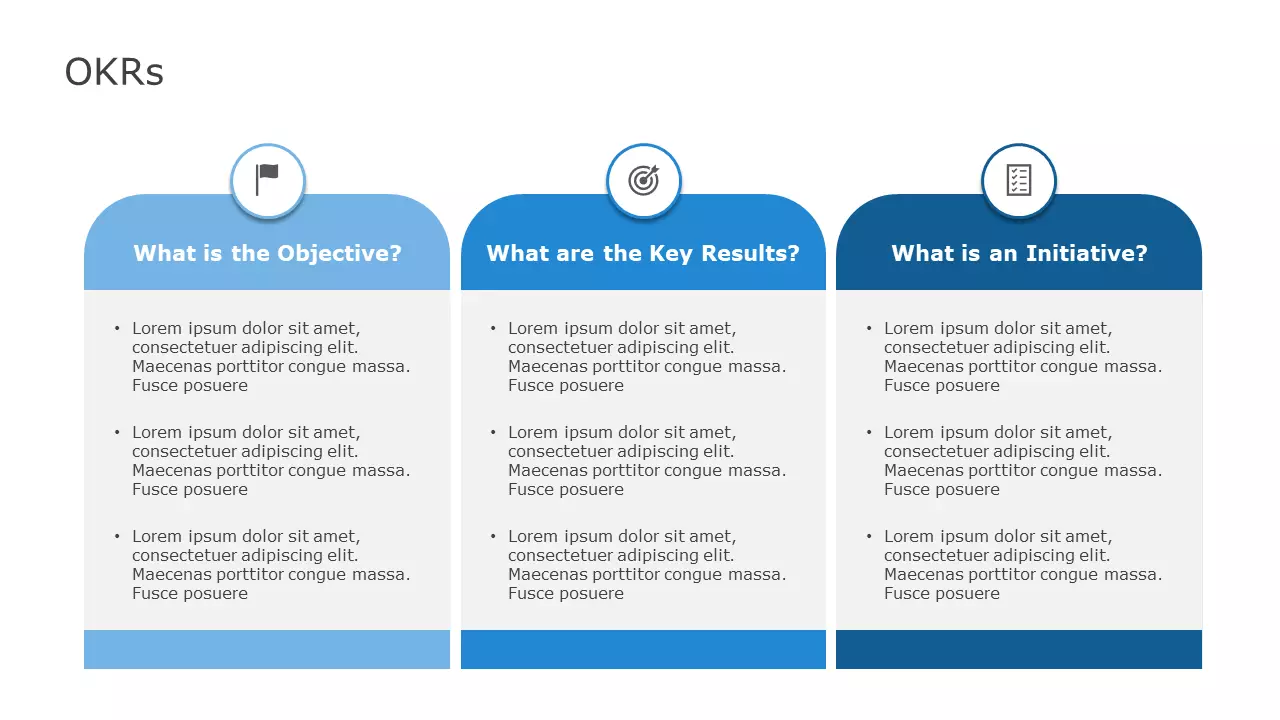With the fourth quarter of 2021 ending and the new year quickly approaching, it is time for all to create business goals for 2022. A new year, as is customary, provides a fresh start, much-needed reset, renewed focus, and new opportunities.
Even though numerous lessons were learned, adaptation and resilience became new buzzwords, technology exploded, and innovation was crucial to survival, corporate executives are eager to put 2020 and 2021 behind them. With the tough years behind us, it is time to move forward with a proactive, strategic plan for 2022 that targets critical issues, so avoiding any future knee-jerk judgments.
Let’s cover the ultimate steps that you must follow to set effective business goals in 2022.
Step 1: Prioritize Your Business Goals
One of the most difficult issues in any business is that many priorities compete for attention at the same time. For example, you must acquire new clients, keep current clients satisfied, manage your funds, optimize your operations, motivate your employees, etc.- the list goes on and on.
When it comes to creating your company’s important, overarching goals for the year, you must first determine what your top priorities are.
A SWOT analysis is an excellent technique to determine what needs to be addressed first. It assesses the strengths, weaknesses, opportunities, and threats of your company.
You may not have thought of the SWOT analysis to prioritize. However, a thoroughly done SWOT analysis always shows the most important Strengths you should build on, most important Weaknesses to be mindful of, most important Threats to encounter, and most important Opportunities to pursue.
These strategic ideas can then be translated to business priorities and top focus areas.
Step 2: Analyze These Goals With Your Team
Every successful business owner understands that their employees are their most important asset. This is never more true than when it comes to setting your business objectives.
Every day, your team is out there, working on your products or interacting with your customers. They are the experts who can tell you what’s working and what isn’t, what’s holding back your business, and where you should be spending your efforts and setting your business objectives for the coming year.
Once you are done with performing the SWOT analysis of the business objective and making your priority list, you need to consult the same with your team and ask them their opinion. They may agree with you, or they may offer important ideas that you haven’t considered.
Even more crucially, integrating your employees in the development of your business plan will encourage and inspire them to achieve those objectives. By incorporating your employees in the goal-setting process, you can ensure that your goals are reasonable and achievable while also making them feel appreciated and involved.
Step 3: Convert Your Goals From Idea State To Action State Using SMART
So you’ve settled on three to five business goals. It’s now time to take them from the idea state to the action state and set SMART goals:
- Specific: What exactly are you going to target?
- Measurable: How will you track your progress?
- Achievable: How will you achieve the business goal?
- Relevant: Does the goal will help your reach your objective?
- Timely: By when will you achieve your goal?
Let’s take an example- of a Salon that wants to attract new customers. This broad business goal needs to be turned into a SMART goal
- Specific: Attract 20 new customers to the salon.
- Measurable: Tracking the number of new clients obtained and earnings produced while preserving our existing customer base allows us to measure our development.
- Achievable: We will do this by developing a tailored sales campaign, which we will market in the office building with brochures and posters.
- Relevant: This will assist us in increasing the number of new customers and, as a result, the salon’s business and revenues.
- Timely: We will achieve our goal by the end of the 2nd quarter of 2022.
Step 4: Define Your KPIs To Track Your Progress
Now that you’ve created your goals with your team and translated them into SMART goals, you must consider two aspects: monitoring your progress and defining deadlines.
Setting KPIs is the most popular approach to determining whether or not you’re on track to meet a company objective.
KPIs (or “key performance indicators”) are figures that can be tracked to determine whether or not you are making progress toward your goals. They’re also excellent motivators. When you’ve guaranteed that your objectives are SMART, you’ll have already created the KPIs you’ll need to measure.
In our previous example, a key performance indicator (KPI) would be the number of new clients acquired from the office building (which implies we’d need to ensure we have a way of tracking where our clients were coming from). We should also think about defining KPIs for how many brochures we distribute, how many calls we get as a consequence of the brochures, how much each new client spends, and whether or not they return to the salon.
You’ll also have distinct KPIs for the company as a whole, such as overall monthly sales objectives, as well as unique KPIs for each employee.
According to research, firms that link individual goals with corporate objectives have a substantially greater success rate.
Step 5: Build Good Business Habits To Achieve Your Business Goals
If you want to make anything happen as a company owner, like in life, you must construct a timetable and develop healthy habits around it.
If you want to lose weight, you know you need to schedule workout sessions, set aside time to prepare nutritious meals, and so on. If you want to achieve your business goals, you must approach them in the same way. The activities that will attain such KPIs must be planned.
Make a calendar for yourself and your team, and add reminders to it. To arrange projects, set deadlines, and be reminded of repetitive actions, use online to-do list software like ToodleDo. Keep critical goals apparent by posting them on your office wall or in the staff meeting area.
And, most importantly, assess and analyze your progress frequently, and rectify any challenges, check to see whether you have the correct KPIs in place, and continually adjust your processes to enhance them, if relevant.
It’s a good idea to schedule frequent (perhaps quarterly) business plan review meetings so you can prioritize time to examine your objectives and achievements regularly, rather than just once a year. This will not only help you in setting clear business goals and targets but also allows you to review them regularly to ensure that your KPIs are on track.

Source: SMART Goals by SlideUpLift

Source: OKR by SlideUpLift

Source: OKR Planning Deck by SlideUpLift
Wrapping It Up
This may seem a little intimidating, but it’s far less than the impression that you’re drowning in work and are nowhere near completing your objectives.
By identifying and assessing your major focus areas, creating SMART objectives, defining KPIs to evaluate your company and individual development, and putting procedures in place to ensure you stay on track, you’ll be in the greatest position to make 2022 the year your business truly shines.
Looking For Powerpoint Design Agency?
Call Pursho @ 0731-6725516
Telegram Group One Must Follow :
For Startups: https://t.me/daily_business_reads
#Set #Highly #Effective #Business #Goals






